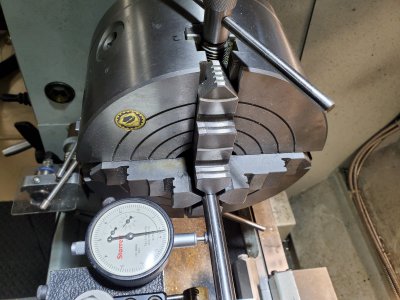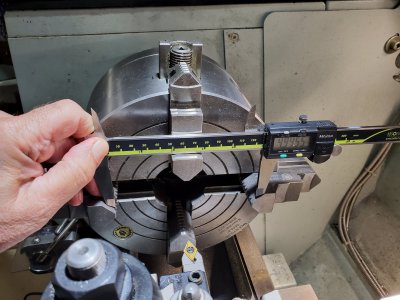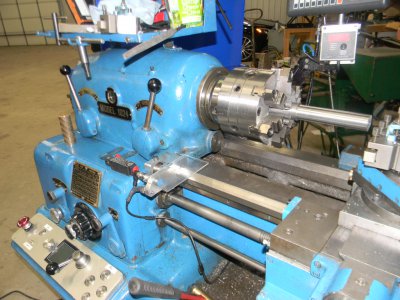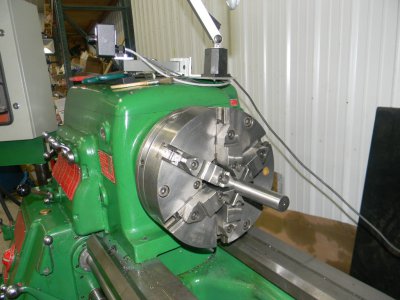I keep looking a the 6 jaw chucks, I hear they center better than the 3 jaws do and have some adjustment for dialing them in....
No reason they should center better than a 3J, if anything they are worse because they require the stock to be perfectly round otherwise the stock will move. They have less holding power than a 3J, they are also much worse to clean the swarf out. They apply pressure evenly for thin wall work, and some gunsmiths seem to prefer them maybe because the pressure on any individual jaw is less, but what I see most commonly used is a 4J independent or some fixture/spider. Combination chucks give you a bit of both worlds, they give one the ability to quickly switch out stock and then tweak the TIR as needed, but they are heavy and tend to be slightly wider than standard chucks. I have the 8" Bison combination and it is a great chuck for a wide range of stock, but they are heavy and when doing a a lot of repetitive tasks I revert to my PBA Setrite which is a 6.25" chuck, and for anything under 1" I use 5C collets. One also needs to think of the size of the jaws and doing any work close to the chuck. An 8" scroll chuck can be a bit of a beast if you mostly deal with smaller stock, but may ne desirable if you have a larger spindle bore on your lathe.
Set-tru, Setrite, micro-adjustable chucks are not commonly used to center stock on an individual bases, you set them to dial down the TIR and leave them there. It is more for repetitive work in/out of the chuck with multiple ops. Most new ones will repeat at 0.0004" or better depending on the size and brand. I do a lot of repetitive work, so this factors into using them for my 6.25" and 5C chucks. Chucks should last a lifetime in a hobbyist scenario, I went through several cheaper chucks before ending up with the ones I have. Bottom line, if you can afford it buy a better chuck up front so you are not replacing it down the line. I do have the PM/QMT 8" 4J independents chuck, I use it for messy work and holding odd size material, it has performed well and smooth to 2000+ RPM, which most of the generic chucks were a lot worse. I rarely use it, but happy I have it.
On a scroll/self centering chuck you can flip the jaws and hang them out pretty far, but you really want at least 4 teeth in the scroll, as others mentioned less than that any you are more likely to break the teeth when tightening.
Bison 4L combination you can quickly aero the TIR, and they will repeat (scroll) to 0.001", the 8" can also hold small stock down to 0.2", which I would never do with a 3J. Indicator below is 0.0001" and you dial the work down to where the movement only represents the stock uniformity.

Flip the jaws and you should be able to hold close to 8", you also nee to factor in jaw swing on a smaller lathe.






